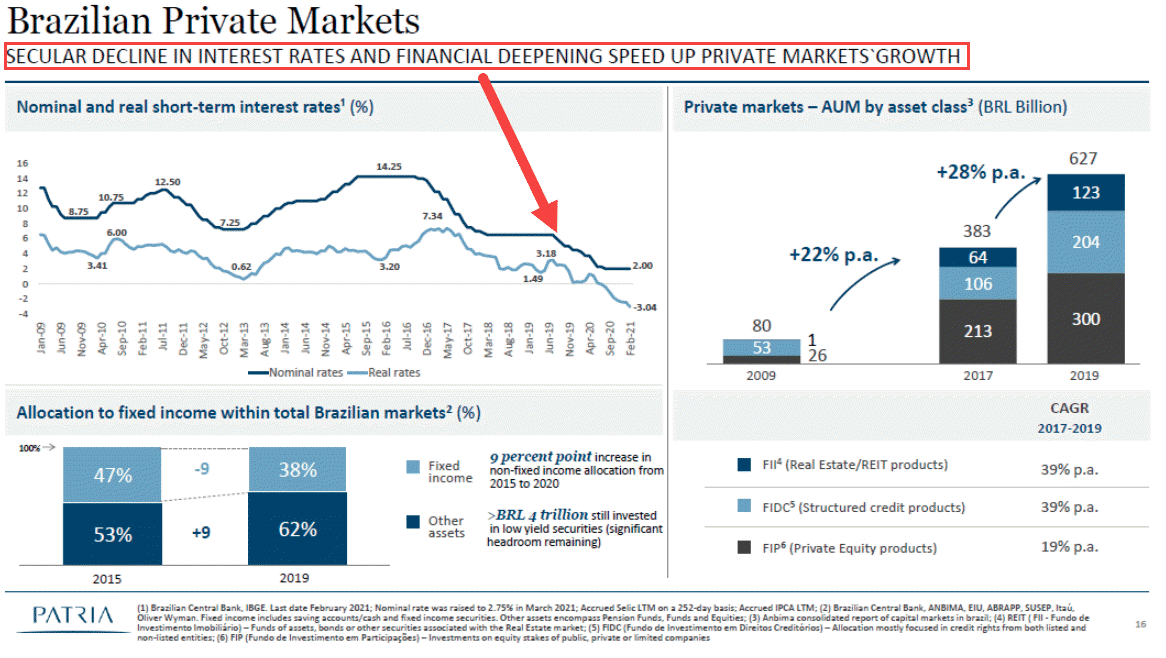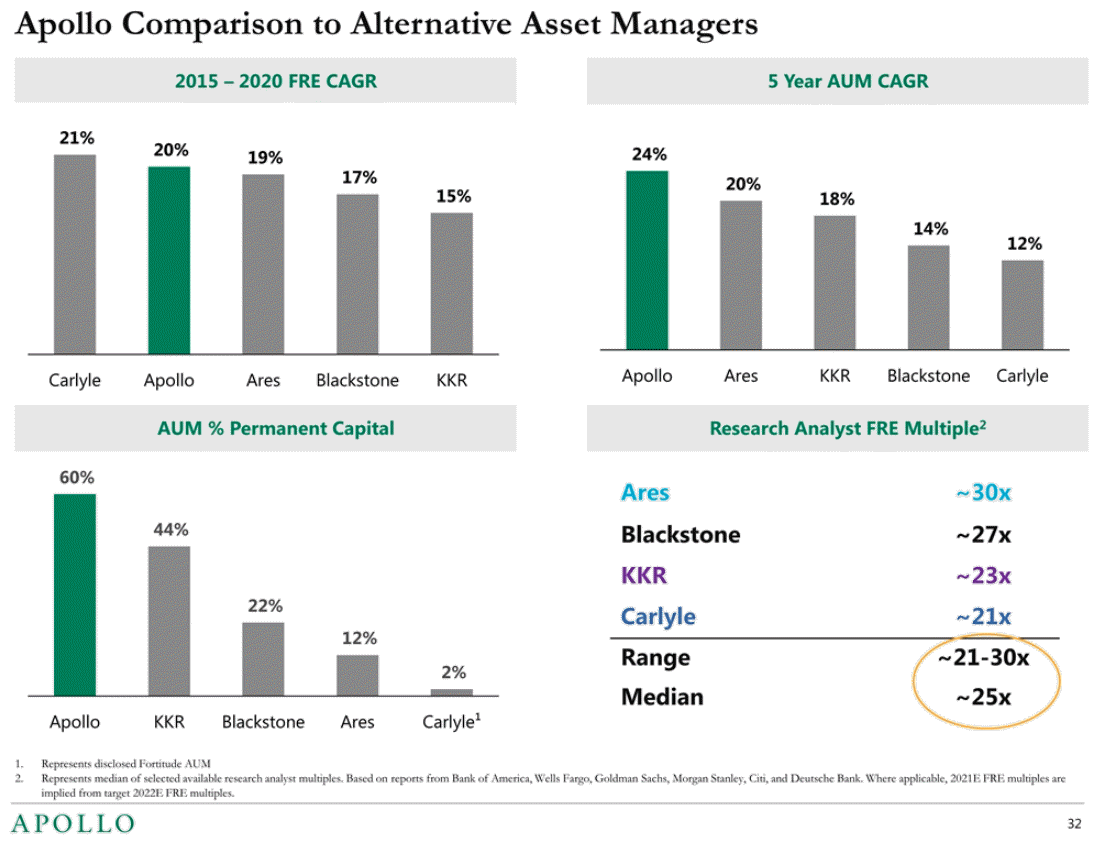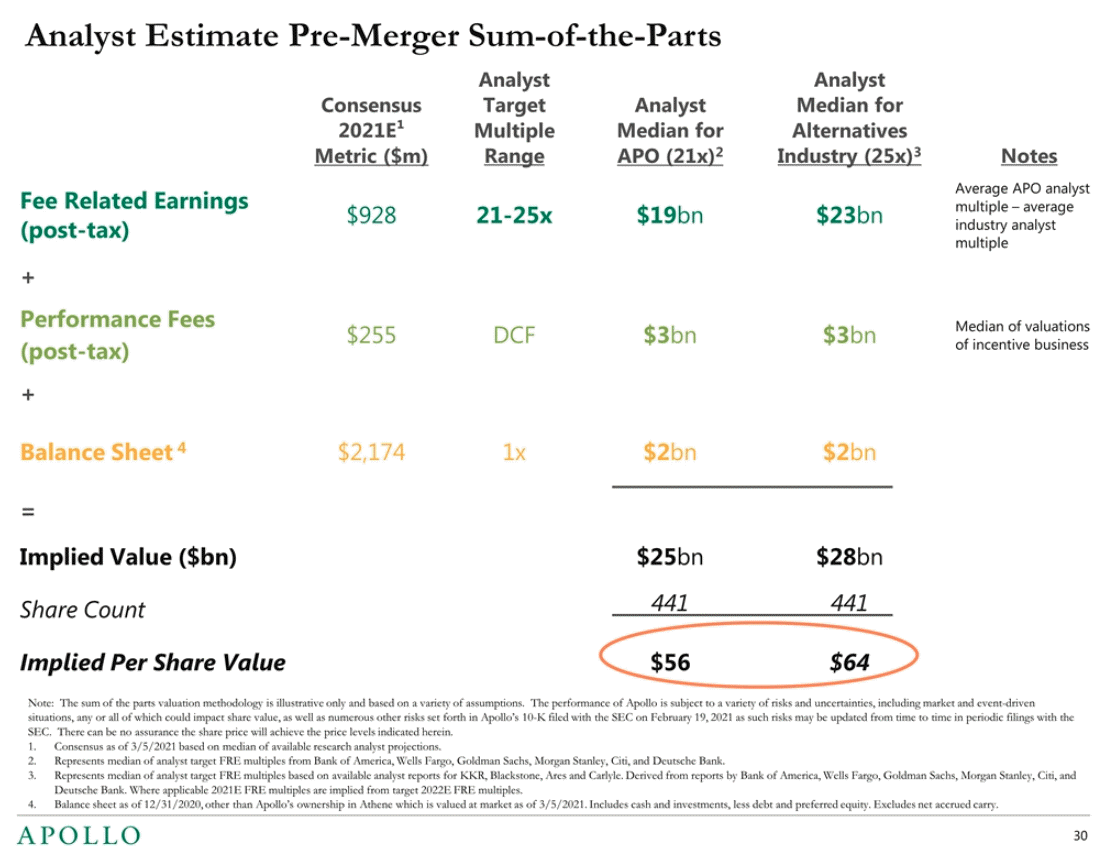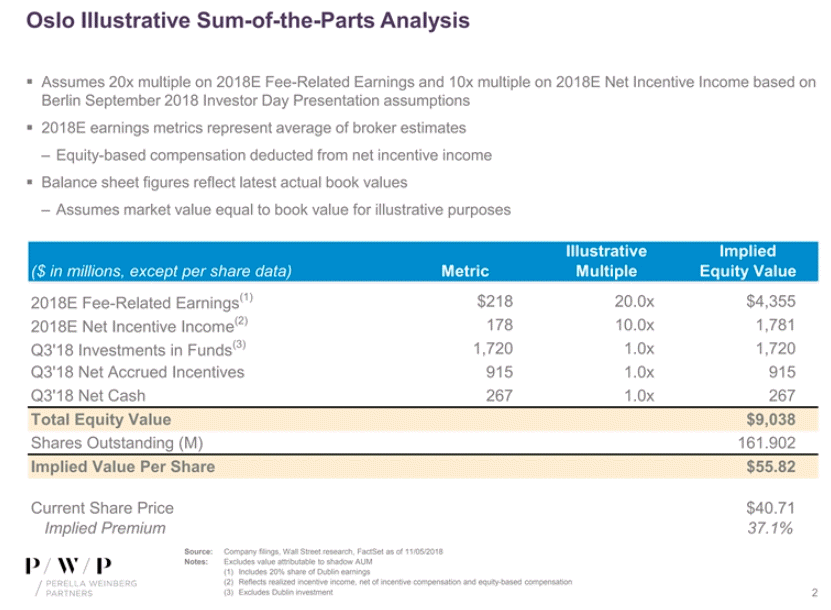The Financial Sponsors Group: Masters of the Financial Universe, or Exit Opportunity Mirage?

- FSG Investment Banking: What the Financial Sponsors Group Does
- The Financial Sponsors Group vs. the Financial Institutions Group
- The Financial Sponsors Group vs. Leveraged Finance vs. Debt Capital Markets
- Recruiting: Who Gets Into the Financial Sponsors Group?
- What Do You Do as an Analyst or Associate in the Financial Sponsors Group?
- Financial Sponsors Group Trends and Drivers
- Verticals within the Financial Sponsors Group
- Accounting, Valuation, and Financial Modeling in the Financial Sponsors Group
- Example Valuations, Pitch Books, Fairness Opinions, and Investor Presentations
- FSG Investment Banking League Tables: The Top Firms
- Exit Opportunities from the Financial Sponsors Group
- For Further Reading
- Pros and Cons of the Financial Sponsors Group (FSG)
If you want to work in a team that almost no one agrees on, the Financial Sponsors Group (FSG) in investment banking is the perfect fit.
According to some, you do almost no modeling or technical work in this group, and it’s one of the easier jobs in IB, similar equity or debt capital markets.
But if you read other accounts, FSG runs models, Analysts get hands-on technical work, and the hours could be longer and more stressful because your clients are private equity firms.
It’s the equivalent of Schrödinger’s cat, but the problem isn’t quantum superposition – it’s that the Financial Sponsors Group operates quite differently at different banks.
We’ll discuss these competing views of the group and go into details on everything else, but let’s start with the basic definitions:
FSG Investment Banking: What the Financial Sponsors Group Does
Financial Sponsors Group Definition: In investment banking, the Financial Sponsors Group (FSG) advises private equity firms, hedge funds, sovereign wealth funds, and pension funds on capital issuances and transactions involving their portfolio companies.
Essentially, FSG is an “industry group” for firms that raise capital from outside investors or the government/retirement system, invest in companies and assets, and split the profits with those outside investors.
“But wait,” you say, “FSG sounds quite similar to the Financial Institutions Group (FIG). So what’s the difference?”
Private equity firms and hedge funds may indeed be classified as “alternative asset managers” within the FIG category, but their customers and business models are quite different from banks, insurance firms, and traditional asset managers (see below).
If you want a complete list of firm types covered by FSG, Houlihan Lokey’s page has a nice summary: private equity, credit managers, family offices, general partners, hedge funds, pension funds, sovereign wealth funds, and special situation investors.
And if you consider infrastructure private equity or real estate private equity separate categories, sure, you could add them to the list as well.
Interestingly, most FSG teams do not cover venture capital firms, even though VC firms also raise capital from outside investors, invest in companies, and split their investment profits.
That might be due to the relatively small deal sizes in VC (traditionally) and the fact that coverage of VC portfolio companies is better handled by the relevant industry groups, such as technology or healthcare.
In practice, FSG bankers spend most of their time covering private equity firms, focusing on:
- Deal Financing – All PE firms require debt to complete their initial deals, which is why all LBO modeling tests involve leverage.
- Portfolio Company Exits – PE firms are better at buying companies than selling them or taking them public.
The Financial Sponsors Group vs. the Financial Institutions Group
Although these groups appear similar at first glance, they differ significantly in two key areas:
- Customers – Financial sponsors raise capital from “enterprise customers,” such as endowments, retirement/pension funds, state and federal governments, and wealthy individuals, while financial institutions such as banks, insurance firms, asset managers, and fintech companies have a mix of enterprise and “retail customers” (i.e., normal, non-wealthy individuals).
- Business Model – Unlike financial institutions such as brokerages, exchanges, and investment banks, financial sponsors invest directly in companies and assets and profit or lose money from those investments; they don’t earn money from commissions charged on trades or deals.
There are many other differences as well.
For example, the specialized accounting and valuation used for commercial banks and insurance firms do not apply to financial sponsors (there are different metrics, but these differences are much smaller).
Also, if you work in FSG, you’ll get exposed to a wide variety of industries and deal types because private equity firms own many different portfolio companies across industries.
By contrast, you’ll get a narrower, more specialized exposure in FIG.
The Financial Sponsors Group vs. Leveraged Finance vs. Debt Capital Markets
These three groups are arguably closer to each other than FSG is to FIG, despite names that sound more different.
At a high level, all three groups focus on financing, i.e., issuing debt for companies, but they do so differently.
FSG advises private equity firms on the financing required to complete deals. There is some overlap with Leveraged Finance, but LevFin works on more than just leveraged buyouts.
The DCM team, by contrast, advises mostly on investment-grade issuances for standard companies that need the funds for everyday business purposes rather than large transactions.
Finally, FSG and LevFin tend to be more technical than DCM, and the hours are generally worse, but the exit opportunities are better.
Recruiting: Who Gets Into the Financial Sponsors Group?
It’s the same mix of candidates as usual, and the same criteria/requirements apply (good university or MBA, high GPA, solid internship experience, and plenty of networking).
One difference in FSG is that there are fewer lateral hires from “industry,” as almost no one willingly leaves a private equity firm or hedge fund to return to investment banking.
So, most new hires tend to be straight out of school at the undergraduate or MBA levels or transfers from other groups at the bank.
For example, some FIG bankers transfer into FSG to get broader deal and financial modeling experience and access to better exit opportunities.
If banks make lateral hires for FSG at all, the candidates are likely to come from Big 4 firms or valuations firms that advise financial sponsors.
What Do You Do as an Analyst or Associate in the Financial Sponsors Group?
The #1 question here seems to be: “How much financial modeling work is there? Do you do ‘real work’ in FSG?”
And the short answer is that it depends – because different groups run differently.
That makes FSG a riskier choice than a standard industry group or M&A team, but you can reduce this risk by researching the group before committing to anything.
Broadly speaking, the Financial Sponsors Group is either relationship-focused or execution-focused.
If the team is relationship-focused, the junior bankers spend time on tasks such as summarizing the current holdings of financial sponsors, how much they paid for different companies, and which portfolio companies might be interesting to acquirers.
They’ll also spend time finding data and trends for PE, HF, and SWF industries and determining the average multiples, leverage, and other deal terms.
If the team is execution-focused, junior bankers will help PE Associates with tasks such as the initial model, the data room, writing or reviewing the CIM, and responding to requests from potential buyers.
Most, but not all, FSG teams at bulge bracket banks operate this way, focusing on execution.
A few factors influence how Analysts and Associates spend their time:
- The Number of “Cooks in the Kitchen” – Financial sponsor deals tend to involve many parties and counter-parties, such as the sponsor, the portfolio company, FSG, the industry group, the product group, and the potential buyers or investors. The more parties involved in the deal, the less likely you are to do substantial work.
- Industry Specialization – If the portfolio company is in a highly specialized industry (real estate, banks/insurance, or oil & gas), the industry group is more likely to do the modeling since they’ll know the accounting and valuation better than you.
- Group Business Model – If your group charges a standard success fee for completed deals, you’re more likely to be heavily involved with each one. But if your group runs broad screens for sponsors and charges a retainer, you’ll do less modeling work.
People sometimes claim that “the hours are better” in the Financial Sponsors Group because you do fewer pitches and have more long-term clients (PE firms are always doing deals!).
There is some truth to this claim, but I’m not sure it’s universally true.
It’s more accurate to state that the hours and lifestyle are better for senior bankers in FSG because less “relationship maintenance” is required (see the bottom section of this article on pros and cons).
Financial Sponsors Group Trends and Drivers
The trends and drivers here are similar to the ones for FIG but with a few key differences.
Financial sponsors are sensitive to monetary and fiscal conditions and economic cycles, but in slightly different ways than banks and insurance firms.
For example, while interest rates are a mixed bag for banks and insurance companies, lower interest rates almost always help private equity firms:

Lower interest rates mean that investors earn less from government and corporate bonds, so they’re incentivized to allocate more to riskier assets such as equities, real estate, and… private equity.
Also, lower interest rates make it easier to fund deals such as leveraged buyouts that involve significant debt.
However, this trend doesn’t carry over quite as readily for hedge funds.
Yes, lower interest rates drive demand for their services, but loose monetary policy also makes it harder for hedge funds to beat the overall market.
If you can earn a 25% or 30% annual return by investing in an S&P 500 index fund, why bother with a hedge fund that might perform about the same but charge higher fees?
Regulations are still a factor for financial sponsors, but less so than in FIG because PE firms and hedge funds are “lightly regulated.”
They are more significant for sovereign wealth funds and pension funds because these funds might have limitations related to asset allocation, leverage, and geography.
Market valuations are a mixed bag because they improve exits but also make it harder to execute the initial deals at reasonable prices.
Finally, there are metrics for trends and drivers unique to financial sponsors, such as:
- Fundraising: How much in new funds has the sector as a whole attracted recently? What is the growth rate over the past few years?
- Cumulative Overhang (“Dry Powder”): How much capital have firms raised but not deployed? Frothy environments make it easier to raise capital but might result in lower performance.
- Vintage: When did a specific fund launch, and how does its performance compare to other funds launched in the same time frame?
Verticals within the Financial Sponsors Group
We’ve covered private equity and hedge funds extensively, including the career path, different roles and responsibilities, compensation as you move up the ladder, and the day-to-day work.
So, I’ll refer you to the existing coverage if you want to learn more about these firms.
We haven’t featured much on sovereign wealth funds (SWFs) or pension funds, but there are a few articles about how they operate in different regions.
In short, these funds have direct investing teams that may operate similarly to PE firms, but they tend to be less aggressive, returns targets are often lower, and compensation is lower as well.
Since these funds invest on behalf of governments or retirees, the incentives are often different as well.
For example, a pension fund might pursue a deal that makes little financial sense, such as one with a 30x+ EBITDA multiple and a 20-year holding period, if it’s required to invest a certain amount in a specific state or province.
Accounting, Valuation, and Financial Modeling in the Financial Sponsors Group
Valuation and financial modeling are not much different for financial sponsors; you can still use standard multiples like TEV / EBITDA, P / E, and so on.
However, there are some additional metrics and multiples that are useful for benchmarking sponsors, such as Enterprise Value / Assets Under Management (TEV / AUM), “FRE” (Fee-Related Earnings), and assets under management vs. “permanent capital.”
To get a good sense of these metrics, take a look at this investor presentation for Apollo’s acquisition of Athene:

Other metrics include the net organic flows into the fund to separate the AUM impact of performance from contributions and withdrawals (only applicable to hedge funds, not private equity, since most PE funds are closed-ended).
If you want a valuation example, look at one of the Fairness Opinion examples below.
In addition to the standard methodologies, a Sum of the Parts (SOTP) valuation is often useful for financial sponsors.
Fee-related earnings (FRE) are often worth different multiples than incentive fees, and financial sponsors’ current Balance Sheets are also worth something.
There’s a simple example from the Apollo / Athene presentation here:

And another example from Perella Weinberg here:

A few other fund performance metrics include TVPI (Total Value to Paid-in Capital), DPI (Distributions to Paid-in Capital), and RVPI (Residual Value to Paid-in Capital).
Allen Latta has a great explanation of these metrics on his site, so I will link to it here.
Example Valuations, Pitch Books, Fairness Opinions, and Investor Presentations
Here’s the list by category:
Presentations by Banks to Financial Sponsors About M&A Deals
- Brookfield / Oaktree Capital – Perella Weinberg and Sandler O’Neill created many update presentations for this one.
- HF2 / Zais Group – Zais focuses on specialized credit investments.
- KKR / KFN – KFN is a specialty finance company, but the presentation here also contains a valuation of KKR as a financial sponsor.
Investor Presentations from Financial Sponsors About M&A Deals or General Updates
- Apollo / Athene (very useful)
- Alvarium Tiedemann Capital (SPAC Deal)
- Patria / Moneda
- Blue Owl Update (Owl Rock Capital)
Investor Presentations from Financial Sponsors About IPOs and Capital Issuances
- Patria (LatAm-Focused PE Firm)
- Vinci Partners (Brazil Focus)
Hedge Fund Presentations
You can find hedge fund presentations about companies they are betting on via Google searches, cross-referenced with news reports.
It’s trickier to find annual update presentations from hedge funds, but there are a few exceptions, such as Pershing Square and Sculptor Capital (formerly Och-Ziff, now a public entity):
- Pershing Square – Annual Update Presentation
- Sculptor Capital – Collection of SEC Filings and Presentations
- Paragon Funds Management – Introductory Presentation (L/S equity fund in Australia)
FSG Investment Banking League Tables: The Top Firms
For the most part, the bulge bracket banks with large Balance Sheets perform well here because most FSG deals involve acquisition financing.
People often cite Bank of America Merrill Lynch, Credit Suisse, and JP Morgan as the “top groups” in FSG, but you’ll also see others, such as Barclays, Citi, Deutsche Bank, and UBS, on many deals.
It’s difficult to separate FSG-specific performance because most league tables are not set up this way; you’d have to look at the Leveraged Finance league tables and then filter deals based on the presence of a financial sponsor.
Morgan Stanley also has a strong group, but Goldman Sachs’ team is sometimes seen as a bit “weaker” – apparently because the GS internal private equity team also competes with many financial sponsors for deals.
Elite boutique and middle market banks operate in FSG as well, but they tend to advise much smaller PE firms, and these groups are often more “relationship-based.”
Therefore, you might get a very different experience in the Financial Sponsors Group at these smaller firms even though the group name is the same.
There aren’t too many industry-specific boutiques operating in the space, but Sandler O’Neill (now Piper Sandler) was one well-known firm that advised on M&A deals in the sector.
Exit Opportunities from the Financial Sponsors Group
Assuming that you work in an FSG team that does a good number of deals, you should have solid exit opportunities into private equity and possibly hedge funds.
Venture capital is not the best option, but corporate development could work if you get to know one industry very well.
Sovereign wealth funds and pension funds are probably not realistic options in a region like the U.S., but they might be more feasible in places like Canada, Australia, and Singapore, where such funds are large and very important.
But the #1 question here is the following:
“If you want to work in private equity, is it better to join the Financial Sponsors Group, another industry group, or a product group like M&A or Leveraged Finance?”
I would give the slight edge to a strong industry group or M&A / Leveraged Finance because these groups tend to offer more consistent experiences, even at banks of different sizes.
Many people move from FSG into private equity, but I don’t think you gain much of an advantage for these opportunities by working in this group.
For Further Reading
Some recommended news sources include:
- Private Equity: PitchBook, PE Hub, and PE News
- Hedge Funds: Hedge Week, Opalesque, and Institutional Investor
- Sovereign Wealth Funds and Pension Funds: Pensions & Investments, Investment & Pensions Europe (IPE), SWF News, and the Financial Times
Pros and Cons of the Financial Sponsors Group (FSG)
This group is not easy to summarize because it overlaps with ones such as LevFin and FIG but is also different in subtle ways.
There are also differences between “relationship” groups and “execution” groups, making it hard to draw definitive conclusions.
But here’s my best attempt:
Pros:
- Perspective & Deals: You gain a broad perspective on private equity, hedge funds, and many different industries and deal types – it’s like working across product and industry groups.
- Somewhat Less Pitching & Improved Hours: You tend to spend the most time on deals financing and LBOs in execution-focused teams, but you’ll get pulled into M&A, dividend recaps, and even equity issuances occasionally. Your clients need to do deals to stay in business, so less “selling” is required. This reduced pitching could mean better hours than other groups in some cases.
- Exit Opportunities: Execution-focused groups set you up fairly well for private equity exits and perhaps also hedge funds depending on your coverage universe.
- Long-Term Career Potential: The senior bankers in FSG have clients that are constantly doing deals, which means they don’t need to manage as many relationships to generate the same fee volume. Clients will keep coming back for more as long as the bankers do a reasonably good job on deals.
Cons:
- Highly Variable Modeling/Deal Exposure: If you’re in a good sponsors team, you’ll run the model – but if not, or if there are too many parties involved in your deals, your responsibilities will be more limited. And unfortunately, this part is a bit random. You’ll often build “quick and dirty” LBO models but may not go too far beyond that.
- Lack of Exposure to “Strategic” Deals: You’ll never advise a normal, independent company on its sale or acquisition of another normal company, so your deal experience will be skewed toward the mindset and process of PE firms and hedge funds with short holding periods.
- Demanding/Savvy Clients: Since your clients are private equity firms, they will not hesitate to ask you for model/presentation updates or make other requests at 3 AM. By contrast, when your clients are large companies, many people stop responding to emails after 6 PM.
- Difficult to Get Promoted: Since FSG is known as a “cozy” place for senior bankers, getting promoted above the VP level is arguably more difficult.
I’m not sure I’d recommend the Financial Sponsors Group above something like industrials, tech, healthcare, or TMT.
That said, it’s still a very good entry point into banking and is one of the best groups if you want a long-term career in the industry.
And the exit opportunities are much more than a “mirage” – but with this type of long-term career outlook, you may not even care about that.
Free Exclusive Report: 57-page guide with the action plan you need to break into investment banking - how to tell your story, network, craft a winning resume, and dominate your interviews
Comments
Read below or Add a comment




Would you take top 5 tech IB bulge bracket coverage gig or JPM/UBS Financial Sponsors?
I would almost certainly take tech coverage unless you are very, very interested in financial sponsors and are certain you want to work at one (as opposed to the broader set of exits tech coverage would give you).
What is your take on BAML Financial Sponsors Group versus going straight to a MM or LMM PE Fund coming from a target school?
Good question. I would still probably favor the BAML offer in this case because if you work there, you could probably be competitive for bigger/better PE funds after. But if you join a MM or LMM PE fund right out of undergrad, you don’t get the same network/brand that BAML offers, and it might be about the same or more difficult to join a larger PE fund.
Hi Brian
How should I prepare for BB FSG technical interviews? I have the BIWS Financial Modeling course pack – are there modules that I should focus on in particular?
Thank you.
Feel free to leave a comment on the BIWS site or email us there if you want a more detailed response. I read and respond to comments on this site when I can, but they are not checked that often.
In general, FSG interviews are not that different from any other type of interview. Maybe read up on 1-2 recent deals in the sector and be prepared to discuss them, and look at some of the links in this article that discuss metrics like TVPI, DPI, etc. I would not go all out because FSG is not super-specialized vs. other sectors.
Hi Brian, great article!
Quick question: I’ve received a summer offer for Deutsche Bank (NYC), and I’m debating whether I should pursue LevFin or Sponsors based on likelihood to secure a return offer, experience/deal exposure, and exit opps. Any thoughts?
I’m not sure there is a huge difference, but at a firm like DB, most people would probably recommend LevFin because DB tends to be strongest in the capital markets.
Hi Brian,
Thanks for the great information. I’ve been working at credit rating agency for their structured finance team (first job out of college for 3 months so far, and I’m trying to move to investment banks for Financial Sponsor or Lev Finance. Do you think it would be better if I reach out to bankers after working for 6 months or a year than reaching out now? When would be the best time to reach out to bankers and apply for position between 6 months and a year? Thank you.
Yes, it’s usually better to work for 6-12 months before you start networking for other roles because you want enough experience to speak to in interviews. It might also be tough to explain your motivation. If you have at least 2-3 solid clients/experiences to speak to after 6 months, you can do it then. Otherwise wait until you do.
Great article! Regarding “net organic flows” – this doesn’t apply to PE funds, since they are closed-end funds (unlike HFs, which allow redemptions).
Thanks! I added a note about that.